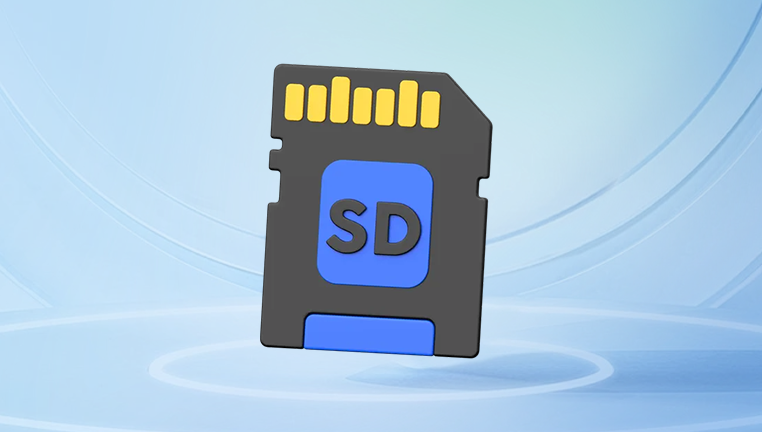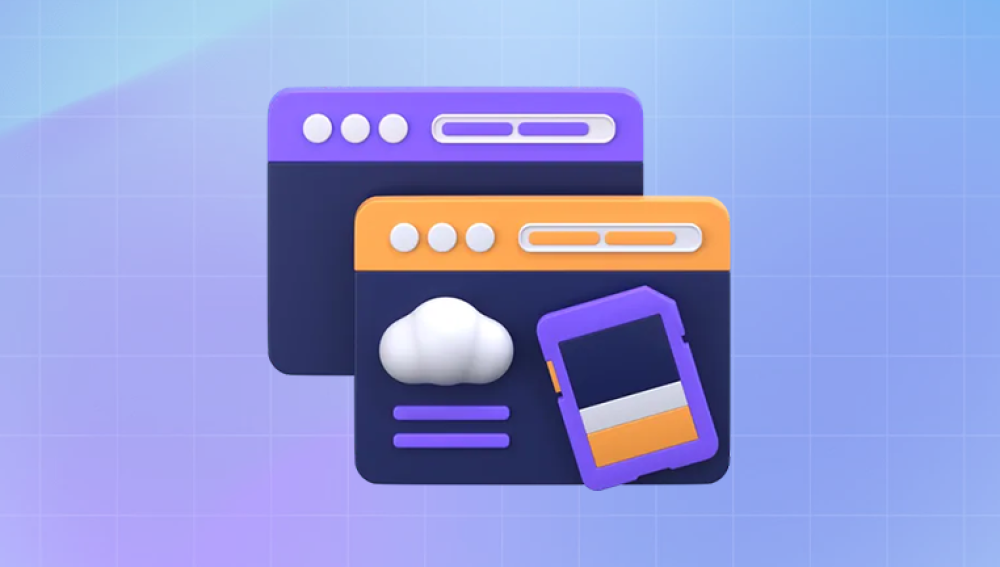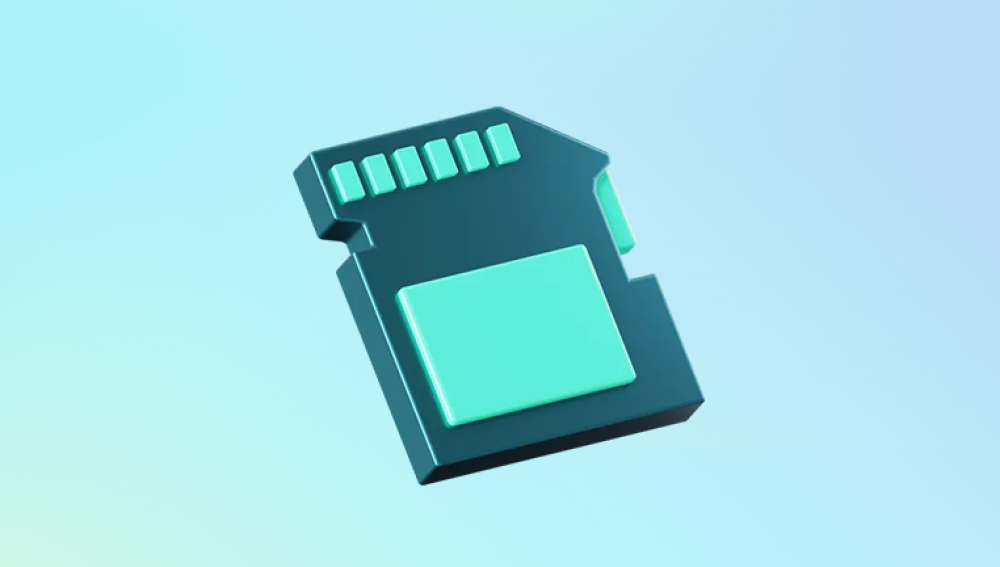There’s something uniquely personal about photographs. They are windows into our past, memories frozen in time, moments captured with precision, emotion, and light. Whether it's your child's first steps, your recent vacation in Santorini, or candid shots from a quiet Sunday morning those images are precious. That’s why losing them, especially from an SD card, can feel like a punch to the gut.
SD cards are a staple in digital photography and videography. Whether you're using a DSLR, a GoPro, a drone, or even a smartphone, these tiny memory devices are responsible for holding our most cherished moments. But despite their ubiquity and usefulness, SD cards are not immune to failure. They can get corrupted, formatted accidentally, damaged, or erased due to user error or technical mishaps. And when that happens, panic often sets in.
Chapter 1: Common Causes of Photo Loss on SD Cards
Before jumping into recovery, it’s helpful to understand why pictures get lost in the first place:

1. Accidental Deletion
This is the most common cause. You might select all photos and hit delete, or accidentally clear the card while in your camera.
2. Formatting
Sometimes, you might format your SD card without realizing it still contains important pictures.
3. Corruption
Improper ejection, power failure during transfer, virus attacks, or bad sectors can corrupt the SD card.
4. Physical Damage
SD cards are sensitive devices. Exposure to water, heat, or physical bending can cause issues.
5. File System Errors
File system errors or incompatibility with different devices can lead to lost files.
Understanding the cause can help guide the recovery process and avoid future mishaps.
Chapter 2: What to Do Immediately After Photo Loss
Time is of the essence when dealing with photo loss. The moment you realize pictures are missing from your SD card:
Stop using the SD card immediately.
Any new data can overwrite your lost photos.
Do not format or reformat the SD card.
This might make recovery more difficult.
Avoid running cleanup or optimization tools.
They might delete or overwrite recoverable data.
Remove the SD card safely.
Use the "Safely Remove Hardware" feature to avoid corruption.
By preserving the current state of the card, you maximize your chances of successful recovery.
Chapter 3: Best Tools to Restore Pictures from SD Cards
Drecov Data Recovery
Pros: AI-driven, excellent at restoring images specifically from formatted or damaged SD cards
Cons: May not support all OS types (check compatibility)
Before downloading any tool, ensure it is from the official site to avoid malware.
Chapter 4: Step-by-Step Guide to Recover Photos
Let’s use Recuva and PhotoRec as examples:
Method 1: Recuva (Windows)
Download and Install Recuva from the official website.
Insert your SD card using a card reader.
Launch Recuva. Choose the file type as Pictures.
Select your SD card drive.
Enable Deep Scan for better results.
Click Start to scan.
Review the results and select the pictures you want to recover.
Click Recover and save to a different drive (not the SD card).
Method 2: PhotoRec (All Platforms)
Download TestDisk/PhotoRec from cgsecurity.org.
Extract the downloaded file.
Launch PhotoRec (run as administrator).
Select your SD card from the list of drives.
Choose the partition type and file system.
Select Search, then choose a destination folder (not the SD card).
The tool will recover all recognized file types into that folder.
While less visually appealing, PhotoRec is incredibly powerful and recovers photos even from severely corrupted cards.
Chapter 5: Recovering Photos from a Formatted SD Card
Even if your SD card was formatted, all is not lost unless new data was written over the old data.
Recovery Steps:
Stop using the card immediately.
Use tools like Disk Drill or EaseUS, which have specific features for formatted drives.
Follow the same recovery process as above.
Opt for a deep scan if quick scan doesn’t yield results.
Keep in mind that full recovery might not be possible if a low-level format was used, but for most quick formats, files are fully retrievable.
Chapter 6: What If the SD Card is Not Detected?
If your SD card doesn’t appear in your system, try the following:
Change the card reader or USB port.
Try a different computer.
Check Disk Management (Windows) or Disk Utility (macOS).
Assign a drive letter (Windows) if none exists.
Use command-line tools like chkdsk:
bash
chkdsk X: /f
Replace “X” with your SD card’s letter.
If the card is still not recognized, it may be physically damaged. In such cases, contact a professional recovery service.
Chapter 7: Preventing Future Photo Loss
The best way to deal with photo loss is to avoid it altogether. Here are some prevention tips:
Back up regularly.
Use cloud services like Google Photos, Dropbox, or iCloud.
Use quality SD cards.
Brands like SanDisk, Samsung, and Lexar are reliable.
Avoid removing the card while in use.
Always eject safely before removing.
Format the card in-camera.
Don’t use the computer to format unless necessary.
Label your cards.
Avoid confusion and accidental overwriting.
Replace old cards.
Flash memory has a limited lifespan replace cards every few years.
Losing your pictures can be heartbreaking but hope isn’t lost. Thanks to modern software tools and recovery techniques, there’s a very real chance you can restore your cherished images from a deleted, formatted, or corrupted SD card. Whether you’re a casual photographer or a professional, knowing what to do in the heat of the moment makes all the difference.
Remember to stop using the SD card immediately, choose the right recovery tool for your situation, and follow the recovery steps with care. And after you're done, take proactive steps to back up your photos and keep your storage devices in good condition.




